List of Mughal EmperorsMughal Empire was one of the largest empires that ruled over India for a long period, as 300 years from 1526 to 1857. Babur was the first emperor of the Mughal Empire. He established his kingdom on 20th April 1526, after defeating Ibrahim Lodi in the first battle of Panipat (1526). However, the downfall of the kingdom started after the sixth emperor Aurangzeb and was finally abolished after the Indian rebellion on 21st September 1857. Bahadur Shah II was the last emperor of the Mughal Empire. 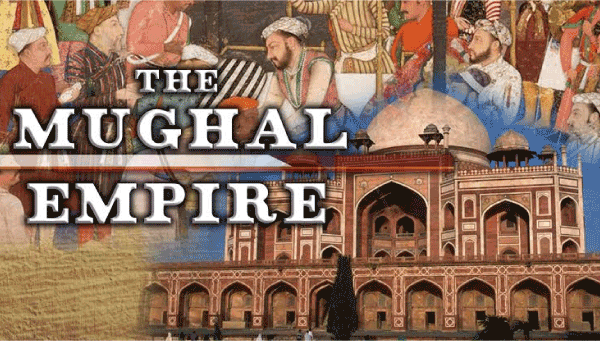
During their kingship, the residence of all emperors was Agra fort and Red fort. However, their capital remaining changes from time to time like; Agra was the capital in the years 1526-1530; 1560-1571; 1598-1648. Delhi was the capital in the years 1530-1540; 1554-1556; 1639-1857. Fatehpur Sikri was the capital in the years 1571-1585. And Lahore was the capital in the years 1540-1554; 1586-1598. The Mughal Emperors expanded their kingdom in the north part of India. Persian was their official language, whereas Urdu was spoken by the ruling classes. Some other important languages were Hindavi, Arabic, etc. Earlier they follow the religion Sunni Islam, but Akbar changed it into Din-i-ilahi (1582-1605). The total acquired area by the Mughal Empire was 4,000,000 km2. The Currency of their time was the rupee, taka, and dam. HistoryFrom where the Mughal came to IndiaBabur, the founder of the Mughal Empire, came from central Asia. He belonged to the Timurid dynasty, whose origin was Mongol in central Asia. His ancestor Timur the lame, a great Mongol leader of central Asia during his invasion in 1398 in India, ordered a general massacre in Delhi and robbed the people mercilessly. Babur followed the path of his ancestor and came to India. First, he fought the battle with the ruling king Ibrahim Lodi and defeated as well as killed him in the battle of Panipat. After this, he established the Mughal Empire in India. List of Mughal emperors in IndiaThere were nineteen (19) Mughal emperors. Their names are given below.
Six great emperor of Mughal EmpireHowever, there were nineteen Mughal Emperors, but after the sixth emperor, the empire starts deteriorating. Names of six great Mughal Emperor are given below: 1. Babur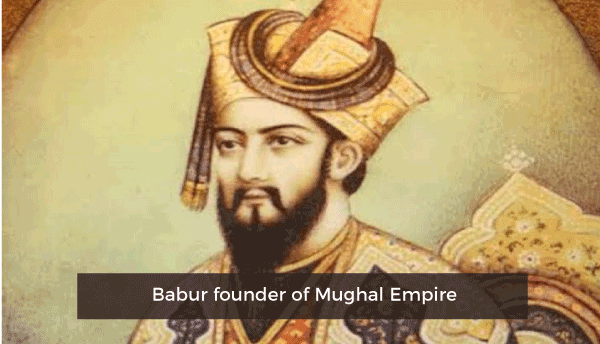
Babur was the founder of the Mughal dynasty. He fought many battles and defeated several rulers like Ibrahim Lodi, Rana Sanga, Medina Rai, etc. His father, Umar Sheikh Mirza II, was an Amir of Farghana Valley, and his mother's name was Qutlugh Nigar Khanum. Babur was also a writer or poet. In his autobiography "Baburnama", he portrayed India and his empire. Although he got married several times, so he had several wives and children. But his son Humayun was his successor. Like his ancestor, he was a very merciless king whose passion was to kill the people. He built many monuments like Jama Masjid, Babri Mosque, Panipat Mosque, etc. he was also a lover of nature as he built many gardens around his fort in which Bagh-E-Babur of Kabul is one of the very famous and historical parks. 2. Humayun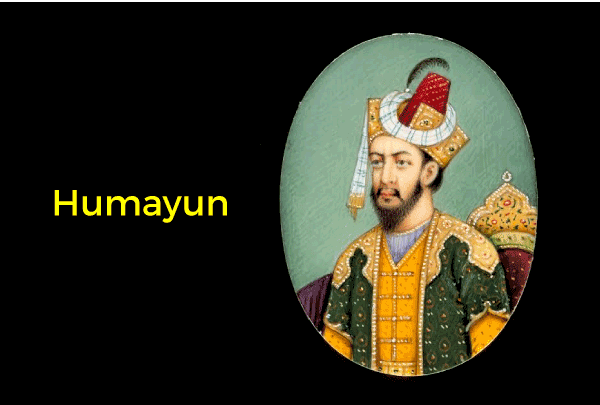
Humayun, the second emperor of the Mughal Empire, was born in Kabul, Afganistan, and died in Delhi, India. He fought many battles but was defeated by Sher Shah Suri, and he had to flee away. After his banishment, he lived in Pakistan, where Akbar was born in 1542 with his wife, Hamida Bano Begam. After his birth, Humayun again collected his army and began his conquest of the Mughal Dynasty. He fought several battles and finally restored his throne of Agra after 15 years. But unfortunately, he died very soon after his restoration of the throne. At that time, Akbar, the successor of Humayun, was only 13 years old, and he had to handle an unstable empire because just after conquering, his father died. Humayun biography "Humayun-Nama" was written by his sister Gulbadan. He also built many monuments like Agra fort, Gateway of India, Victoria Memorial, etc. he was a lover of paintings as well as a great painter. He built a Citadel in Delhi. Humayun tomb is one of the greatest architecture made by his queen Hamida Banu. It is made up of red sandstone, and its border is made up of white and black marble. It is declared as a world heritage by UNESCO. 3. Akbar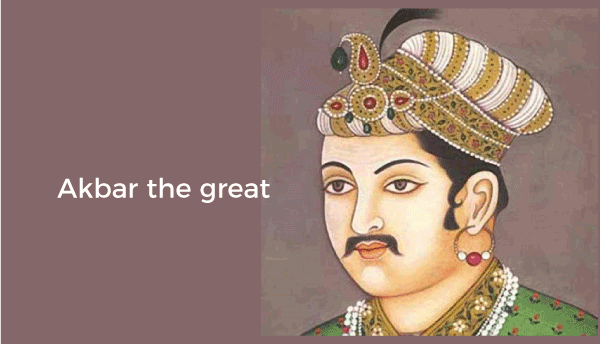
Akbar was the third and the greatest emperor of the Mughal Dynasty and also known as Akbar the Great. He was a great politician as well as a great social reformer. Akbar was born in Amarkot, Rajputana (now it was in Sindh, Pakistan) during Humayun's (father) exile. When he succeeded, the throne Mughal Empire was politically unstable and weak as just after the restoration of thrown after the 15 years of exile, Humayun died. Akbar was only 13 years old at that time, so he succeeded on the throne under the regent of Baram Khan, a loyal courtier of Humayun. Under his kingship, Akbar made the Mughal Empire one of the greatest empires in history. He has respect for all the religion. He abolished Jizya Tax that was imposed on Hindus and also established a new religion Din-e-ilahi. For political empowerment, Akbar got married to several Hindu as well as the Rajput princess. Harka Bai, also known as Jodha Bai, was one of them who gave birth to his successor Jahangir. In his court, he appointed the Hindu at the highest place. Akbar's this policy and his kind-hearted nature made him respectable for all Indians irrespective of caste and creed. For the expansion of the empire, he also fought several battles. He had a large and powerful army as many Rajput and Hindus supported him. Under his kingship, the Mughal empire flourished on all sides as it became economically and politically powerful. Akbar himself was illiterate, but he promoted education as well as art and culture. He built several libraries, one of them was especially for the women in Fatehpur Sikri. His court was full of scholars and great artists, as he possessed the Seven Ratna in his court. Abul Fazl, one of the courtiers of Akbar, wrote "Akbar Nama". The book is in three volumes in which the Akbar's kingship is portrayed. 4. Jahangir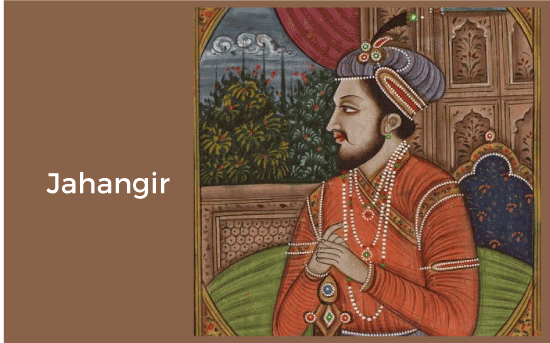
Jahangir was the fourth ruler of the Mughal Empire. His relation with his father (Akbar) was not good as so many times he did revolt against him. He did marriage with Nur Jahan (the most beautiful queen of the Mughal Empire) against Akbar's wish. Jahangir became addicted to opium during his childhood, due to which mostly he did not take care of his court and lived drunk. In his early period, he fought several battles and increased the glory of the Mughal Empire, but in his later life, due to his excessive drunk he became physically weak, so on behalf of his husband Nur Jahan, who was also very intelligent, as well as politically sharp used to take the decisions of the court. But later, Shah Jahan overtook it and became the king. Like other Mughal Emperors, Jahangir was also fond of art and culture. He was a great love for paintings as he promoted the Mughal Painter and paintings to a great extent. Jahangir was also kind-hearted like his father, as he favored all religions and customs. The British came to India at first in the court of Jahangir, and he allowed them for business. He also built monuments and created the beautiful and famous Shalimar Bagh in Kashmir. 5. Shah Jahan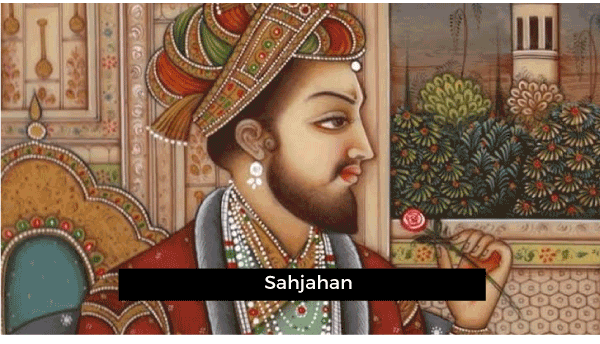
The fifth king of the Mughal Empire was Shah Jahan. He was the son of Jahangir and a Hindu Rani Jagat Gosain, also known as Manavati Bai. During his period, Mughal architecture was at its peak as one of the Seven Wonders of the World Taj Mahal was built by Shah Jahan. His possession for this monument was so high that he show cruelty like his ancestor and ordered to cut the hands of all 20000 workers who built this monument so that the other monument like this could not be built ever. He also built other famous monuments like; Moti Masjid (Pakistan), Shish Mahal, etc. Shah Jahan, also known as the best commander of the army in all Mughal emperors and empires during his regime, was highest in wealth as well as strength. Although he was a great ruler, there was an internal conflict and revolt among his sons. Dara Shikoh, the eldest son of Shah Jhan and Mumtaj mahal, was the successor of the throne, but Aurangzeb's another son revolt for the throne and imprisoned both his father and his brother in the fort and became the sixth ruler. 6. Aurangzeb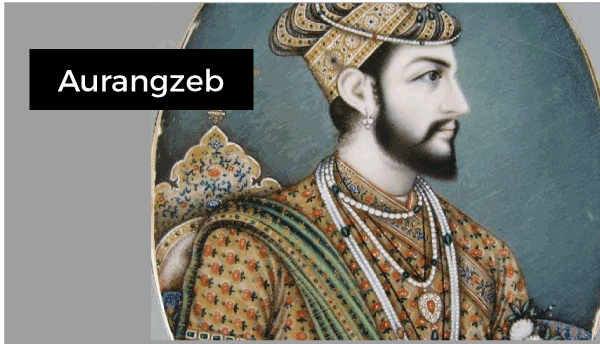
Aurangzeb was the sixth as well as the last successful ruler of the Mughal Dynasty. He was the first who extended his empire in Indian subcontinents and ruled over that. The Mughal Empire was of its top in wealth during the Aurangzeb regime. But like Akbar Jahangir and Shah Jahan, he was not a promoter of all the religions as he was the cruelest like his ancestors. Islam was the only and greatest religion for him as he founded the Sharia law and promoted and spread Islam across the Indian subcontinent. He was the greatest critic of Hinduism and other religion as he demolished the temples and built a mosque at that place, and also imposed the Jizya Tax again on the Hindus, which was abolished by Akbar. He also banned inter-cast (Hindu-Muslim) marriage. After his death, his sons fought for the throne, as Aurangzeb did not declare his successors. One of his sons Azam Shah declared himself the king, but Bahadur Shah, his brother, defeated him and became the seventh ruler of the Mughal dynasty. Reason behind the fall of the Mughal EmpireHowever, after Aurangzeb, there was 13 more ruler of the Mughal dynasty, but it starts deteriorating and gradually the empire loosed all its power and glory. This deterioration was partly because of the increasing power of the British or because of the lack of a wise and powerful ruler like before. So overall, at the time of the Mughal Empire, India flourished in all directions, financially, culturally, etc. It increased our economy. Several monuments and gardens were built by several Emperors, which are now the heritage of India as well as the center of attractions for the tourists. 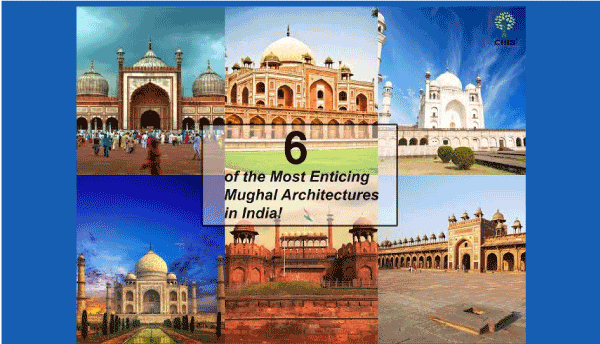
Next TopicList of European Countries
|
 For Videos Join Our Youtube Channel: Join Now
For Videos Join Our Youtube Channel: Join Now
Feedback
- Send your Feedback to [email protected]
Help Others, Please Share










